Beschrijving
New Objectivity: Modern German Art in the Weimar Republic, 1919–1933 is a comprehensive examination of the New Objectivity (Neue Sachlichkeit) movement, which emerged in Germany during the 1920s as a response to the disillusionment following World War I. This movement marked a departure from the emotional intensity of Expressionism, embracing a more realistic and often critical portrayal of contemporary life. The book delves into the works of prominent artists such as Otto Dix, George Grosz, and Max Beckmann, highlighting their unflinching depictions of societal issues, including the trauma of war, political corruption, and the complexities of modern urban existence. The publication is richly illustrated, featuring over 200 artworks that showcase the diversity within the movement. It offers thematic essays that explore various facets of Weimar society, including the impact of industrialization, the challenges of the Weimar Republic, and the role of art in reflecting and critiquing these developments. Through its detailed analysis and extensive visual documentation, the book provides valuable insights into how New Objectivity artists used their work to engage with and comment on the turbulent socio-political landscape of early 20th-century Germany.

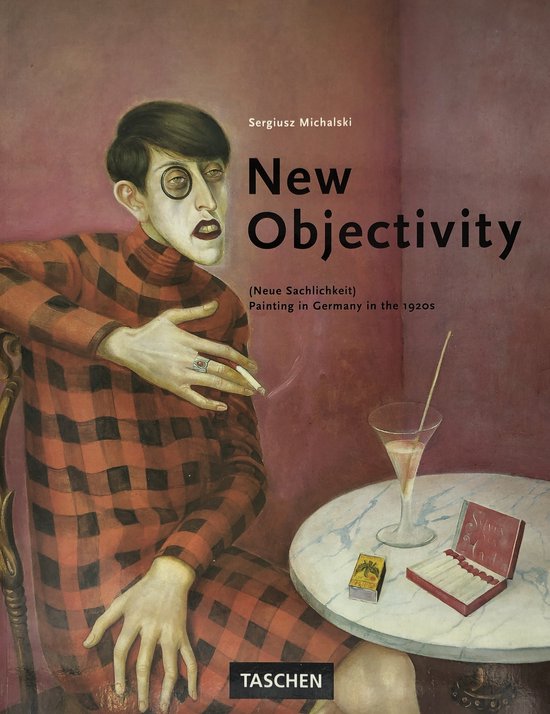
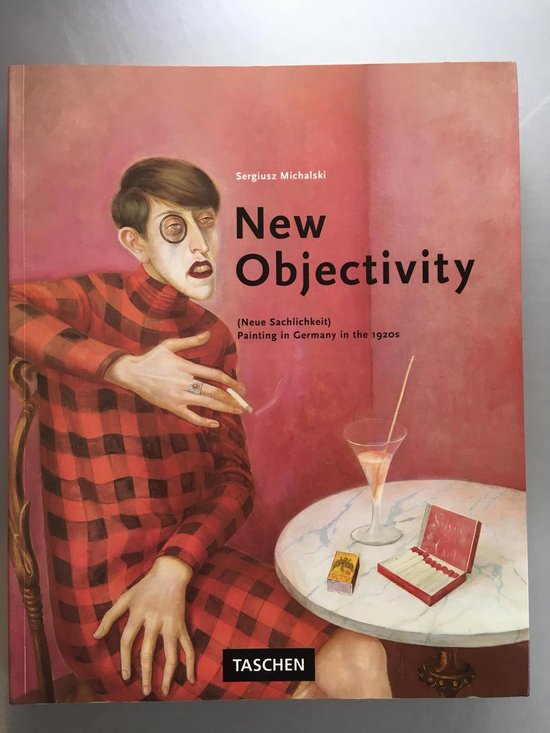
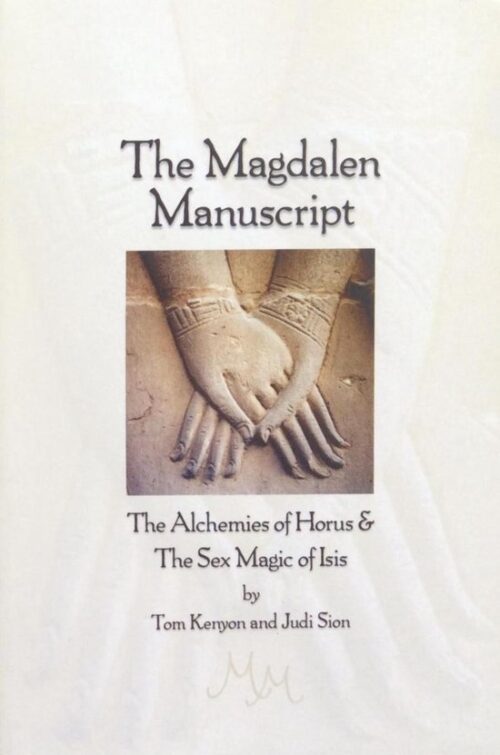
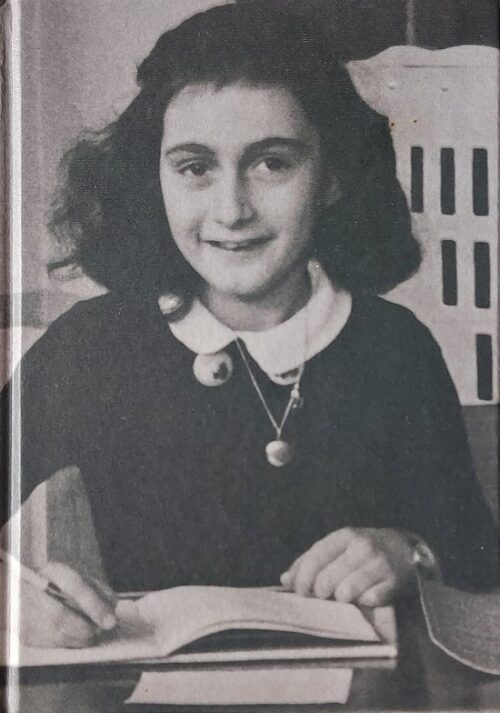


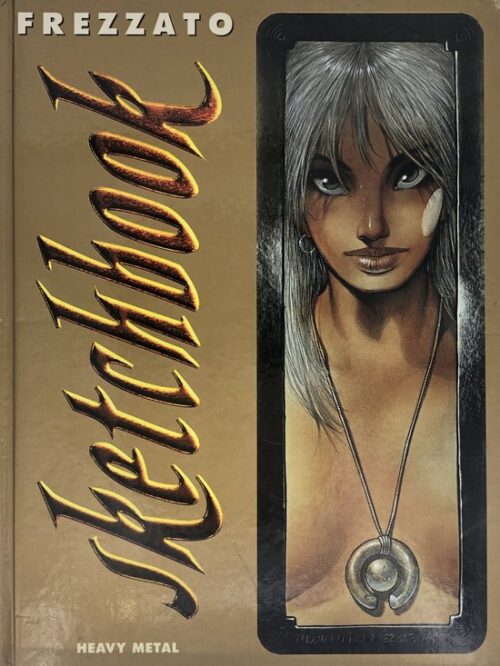
Beoordelingen
Er zijn nog geen beoordelingen.